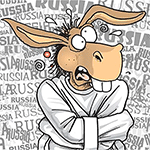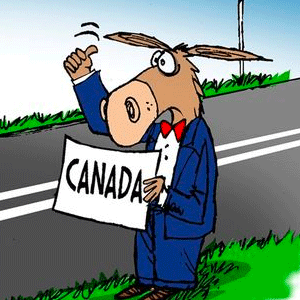How did the US presidential campaign get to be so long?
Published in Political News
And in 1960, even though John F. Kennedy appeared on the ballot in only 10 of the party’s 16 state primaries, he was still able to use his win in heavily Protestant West Virginia to convince party leaders that he could attract support, despite his Catholicism.
The contentious 1968 Democratic convention in Chicago, however, led to a series of reforms.
That convention had pitted young anti-war activists supporting Eugene McCarthy against older establishment supporters of Vice President Hubert Humphrey. Thousands of protesters rioted in the streets as Humphrey was nominated. It revealed deep divisions within the party, with many members convinced that party elites had operated against their wishes.
The resulting changes to the nomination process – dubbed the McGovern-Fraser reforms – were explicitly designed to allow rank-and-file party voters to participate in the nomination of a presidential candidate.
States increasingly shifted to public primaries rather than party caucuses. In a party caucus system – like that used in Iowa – voters meet at a designated time and place to discuss candidates and issues in person. By design, a caucus tends to attract activists deeply engaged in party politics.
Primaries, on the other hand, are conducted by the state government and require only that a voter show up for a few moments to cast their ballot.
As political scientist Elaine Kamarck has noted, in 1968, only 15 states held primaries; by 1980, 37 states held primaries. For the 2024 election, only Iowa, Nevada, Idaho, North Dakota, Utah and Hawaii have confirmed that they’ll hold caucuses; the remaining U.S. states and territories will likely hold primaries.
The growing number of primaries meant that candidates were encouraged to use any tool at their disposal to reach as many voters as possible. Candidates became more entrepreneurial, name recognition and media attention became more important, and campaigns became more media savvy – and expensive.
This shift marked the beginning of what political scientists call the “candidate-centered campaign.”
In 1974, as he concluded his term as Governor of Georgia, just 2% of voters recognized the name of Democrat Jimmy Carter. He had virtually no money.
...continued







Comments